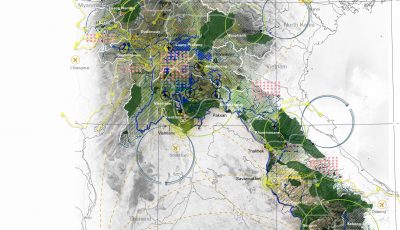Kavminsteklo JSC is a glass factory in Mineralnye Vody, Russia which wanted to invest in the efficiency of the plant and increase the share of recycled glass as raw material.
Glass production is an energy intensive process with temperatures in the furnaces reaching 1500°c . Energy is needed for both heating and controlled cooling the materials during the manufacturing process. After leaving the furnace, cooling of the glass needs to be done carefully to reduce the tension in the material. Since glass can only be manipulated when it is still liquid, it needs to remain hot until it has been shaped into the final product.
Kaminsteklo has developed an investment plan to reduce the energy cunsumption per tonne product. The project has three components:
Replacement of existing furnaces: This subproject entails the upgrading and consolidation from six to three gas-fired furnaces. This increases the total production capacity of the plant from 600 tons of molten glass per day to nearly 1000 t/d with a parallel improvement of energy efficiency of 36%.
Increasing cullet use: The raw materials used for glass production are sodium carbonate, limestone, and silica. The calcination of limestone during this manufacturing process creates CO2 emissions. When using only raw materials, 0.367 tonnes of CO2 is emitted per tonne of glass produced. By increasing the proportion of cullet used in glass production, and thereby reducing the amount of limestone calcinated, the CO2 emissions per tonne of glass produced will be proportionately reduced.
Installing a 6.0 MW cogeneration plant: This gas fired cogeneration plant will increase gas demand but reduce the amount of power needed from the grid. The carbon intensity of power and heat production of the cogeneration plant is below that of obtaining power from the Russian grid and generating heat separately on-site. The cogeneration plant thereby contributes to reducing the emission of greenhouse gasses.
Jelmer Hoogzaad visited the factory of Kavminstek for a week and worked from there to quantify the greenhouse gas emission reductions of their investment plan. It delivered a detailed calculation, including an estimate of the Russian grid baseline.
Client: Kavminsteklo / Saint Gobain
Partners: 500ppm
Jelmer Hoogzaad was an employee of Climate Focus at the time of this project.



